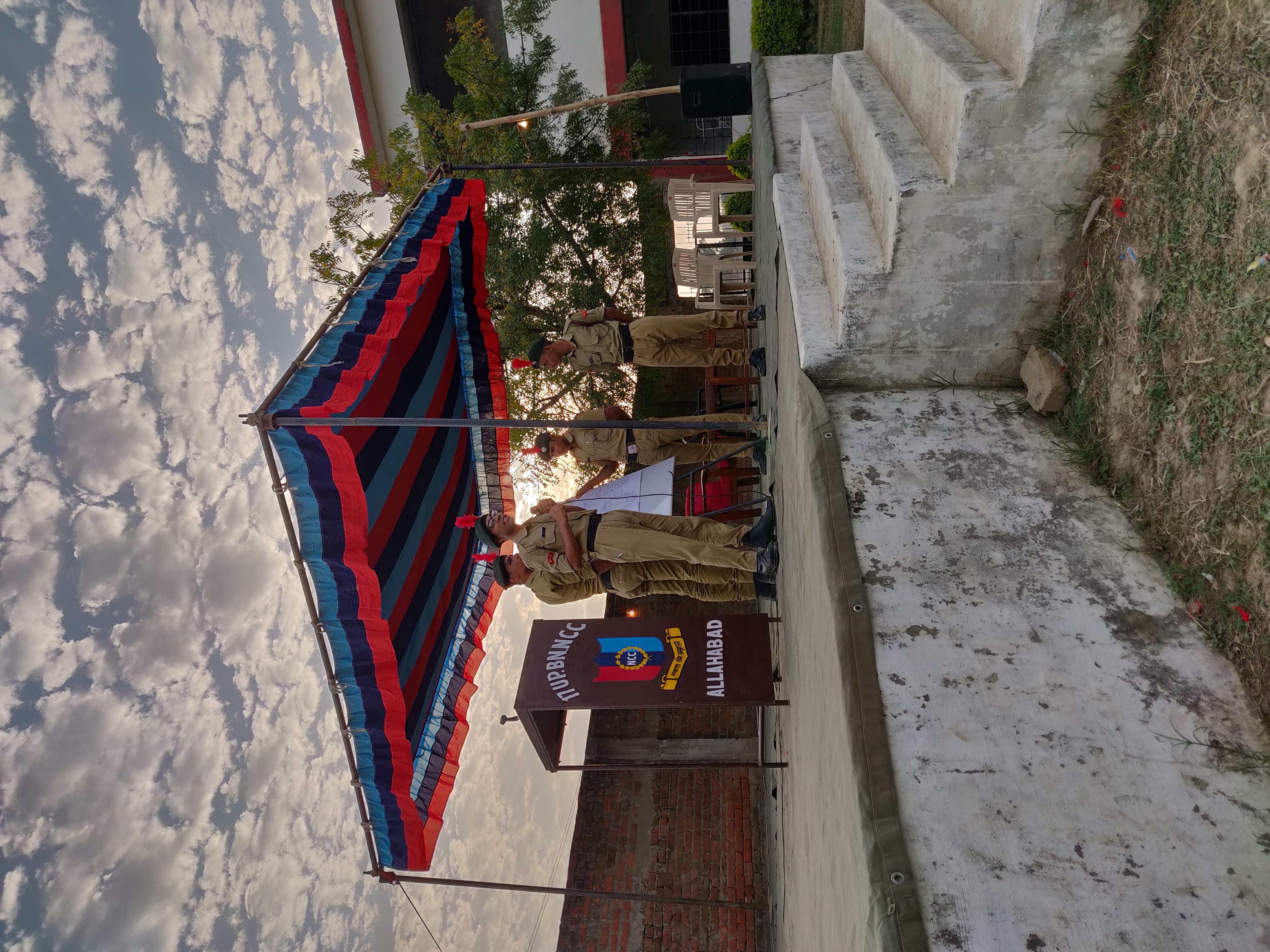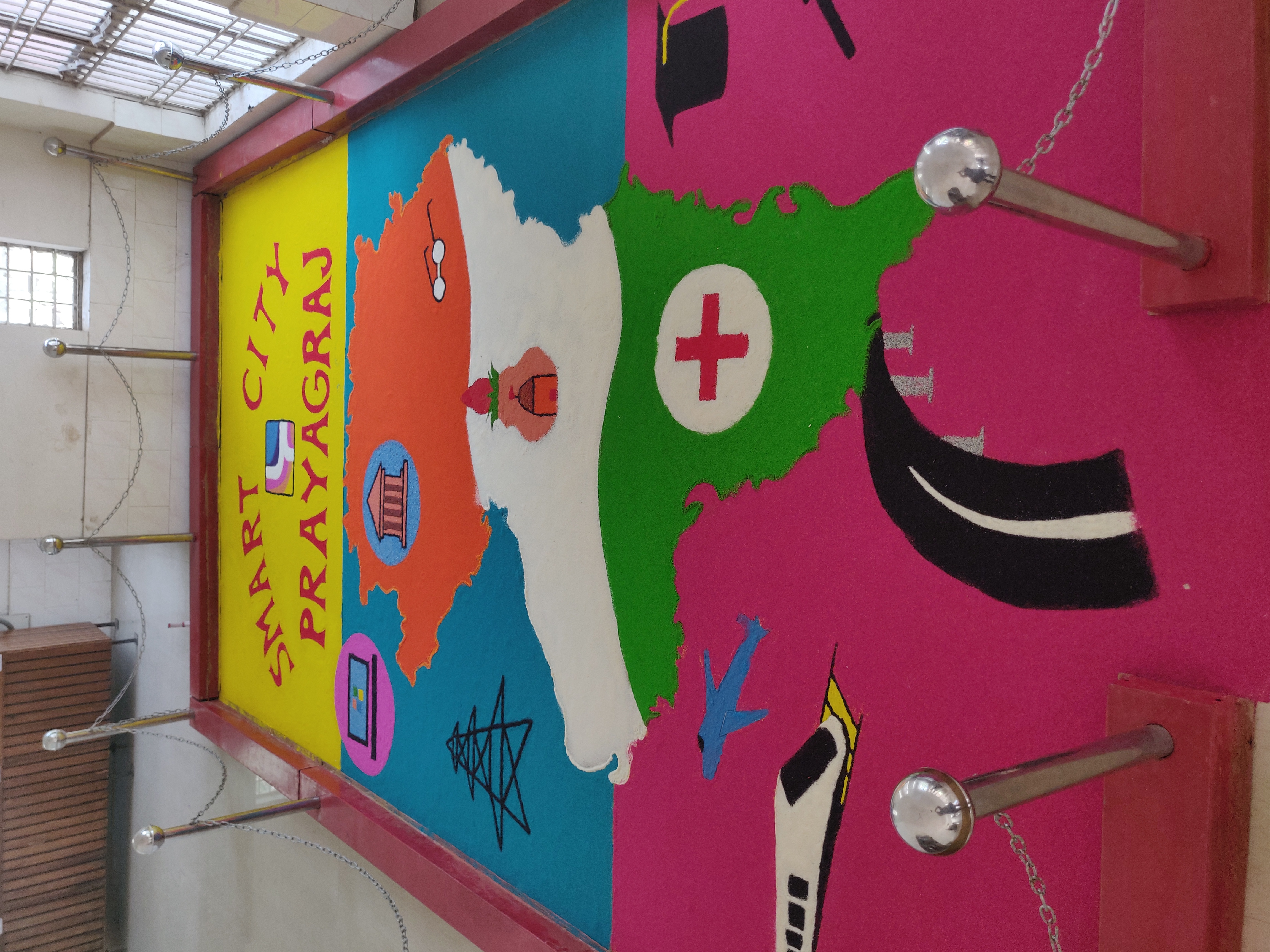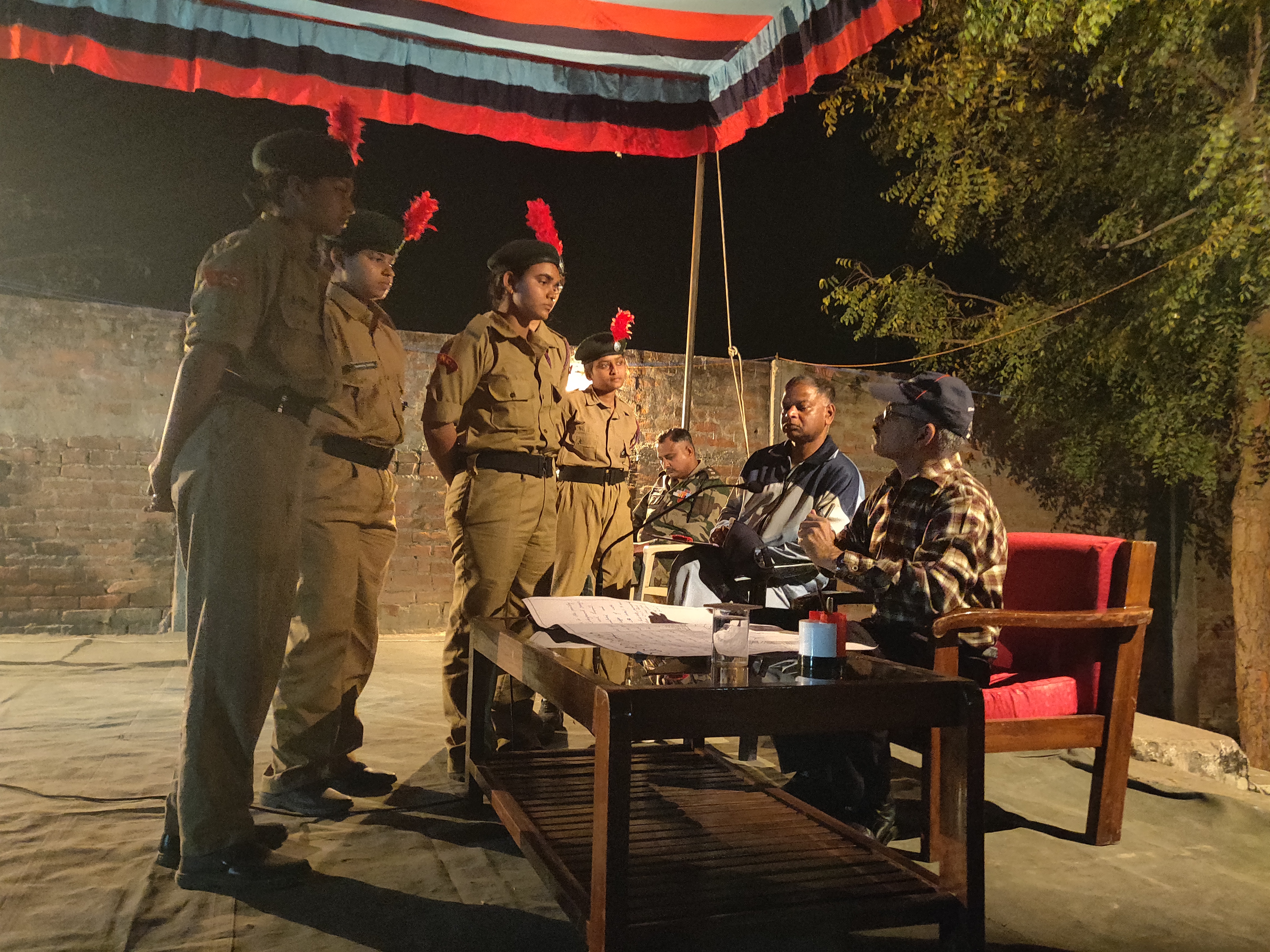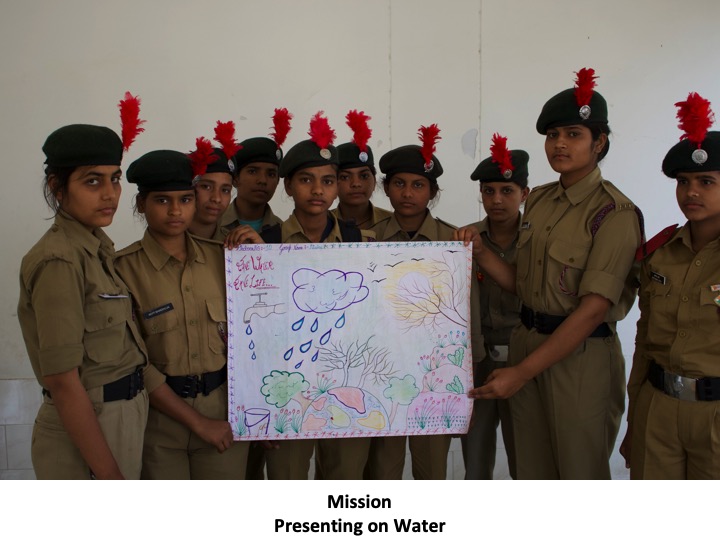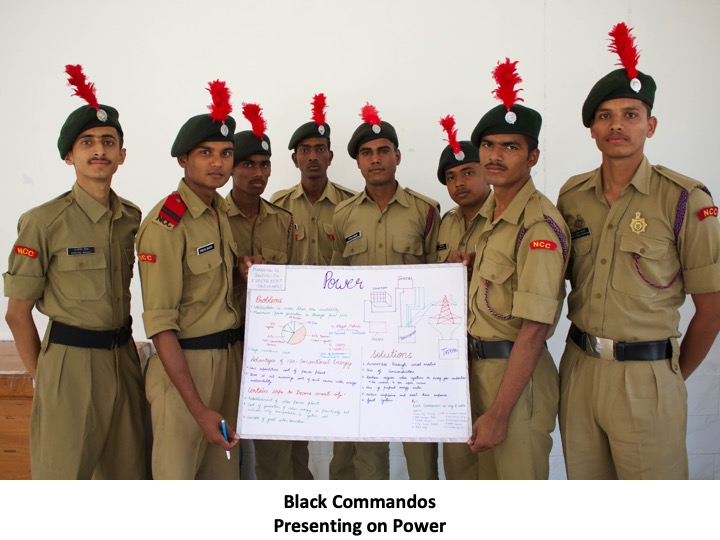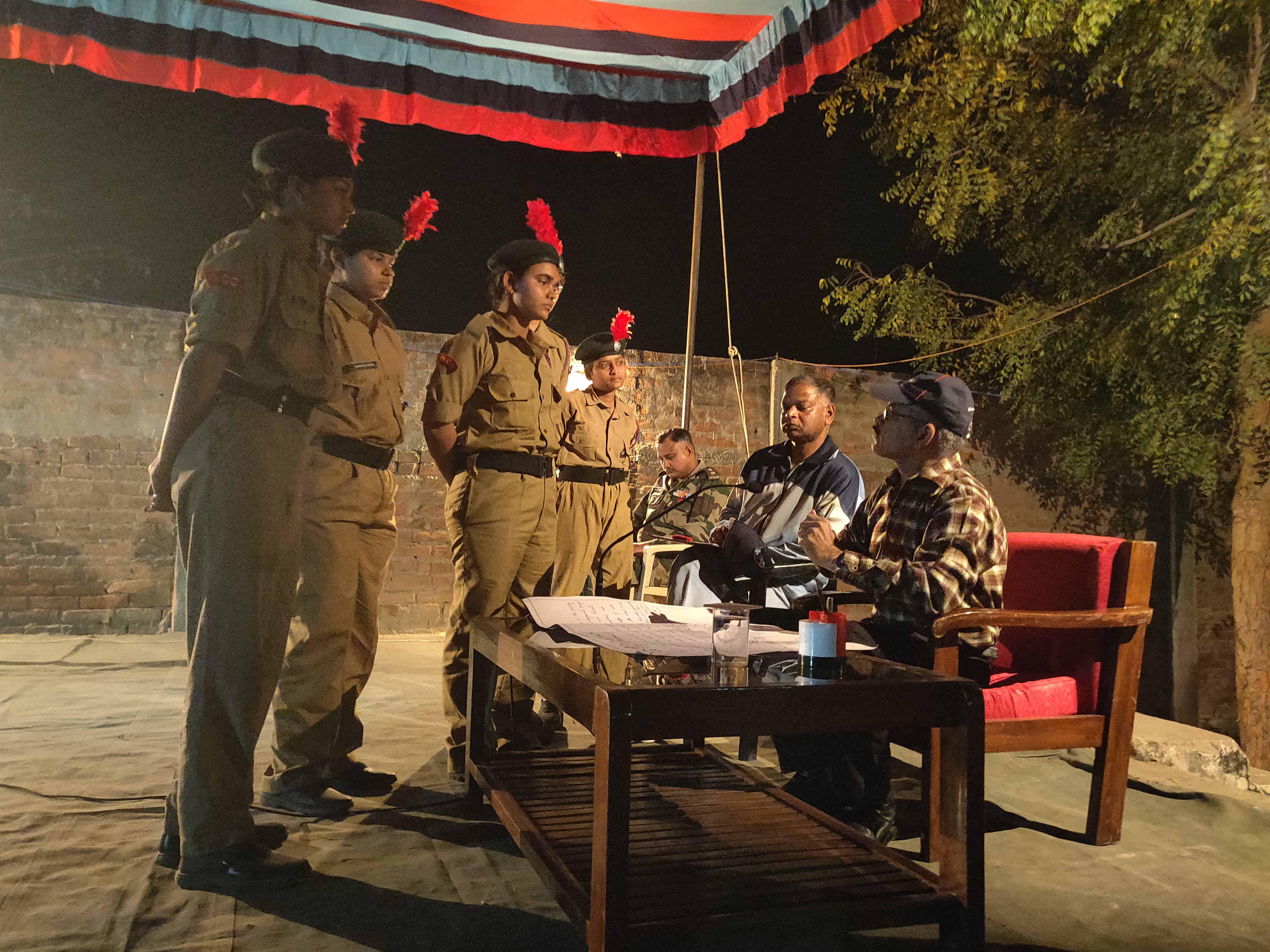The NCC was set up with an aim to develop character, comradeship, discipline, a secular outlook, spirit of adventure, and ideals of selfless service among young citizens. Furthermore, it aims at create a pool of organised, trained, and motivated youth with leadership qualities from all walks of life who will serve the nation regardless of which career they choose. The NCC also provides an environment conducive to motivate young Indians to join the armed forces.
Problem Statement
Despite the cadets at the NCC receiving all the necessary army training directly under the supervision of the Indian Army, its contribution in the Indian Army falls short of what is expected of them. Even after getting special benefits after their NCC certifications, they fail to clear the Staff Selection Board. There could be multiple reasons behind such a situation, one of them identified is the lack of OLQs (Officer Like Qualities). SSB aspirants are essentially judged on the basis of OLQs during their exhaustive selection process. NCC cadets, especially the ones that come out of lesser privileged backgrounds lack significantly in the aforementioned qualities.
NCC Prayagraj approached Brainwiz with this concern and after much ideation and deliberation, Brainwiz conducted an activity at the NCC Camp in Prayagraj that focused on highlighting the OLQs in the cadets and giving them firsthand experience of the process of real-time decision making.
The OLQs we decided to work with were:
Effective Intelligence
It is the intelligence utilised in coping with practical situations of varying complexities. It is different from basic intelligence which is the capacity to perceive relations or to do abstract thinking. Basic intelligence is assessed by the use of intelligence tests may be verbal or non-verbal.
Reasoning Ability
The ability to grasp the essentials and to arrive at conclusions by rational & logical thinking. It includes receptivity, inquiring attitude, logical reasoning and seeing the essentials of a problem.
Organising Ability
The ability to arrange the resources in a systematic way so as to produce effective results. It can also be defined as the ability to put to the best use of the available means for attainment of a desired objective.
Power of Expression
This is the most important tools of personality where their ability to put across ideas adequately with ease and clarity are assessed.
Social Adaptability
The ability of someone to adapt themselves to the social environment and adjust well with persons and social groups, with special reference to superiors, equal and subordinates. Social adaptability includes social intelligence, attitude towards others, tact, and adaptability.
Cooperation
The attitude of an individual to participate willingly in harmony with others in a group, in achieving the group goal. This implies a belief in the collective effort being more productive than the individual effort. Cooperation includes the element of joint effort and team spirit. Team spirit indicates loyalty to the aims and objectives of the group to the extent of subordinating individual aim to the group aim.
Sense of Responsibility
It enables a person to be dependable and to willingly discharge their obligation. It includes sense of duty but is much more comprehensive in meaning and scope. It implies:
Initiative
The ability to originate purposeful action. It has the following aspects:
(a) Ability to take initial steps in an unfamiliar situation.
(b) In the right direction.
(c) Sustain it, till the goal is achieved.
Self-confidence
It is the faith in one’s ability to meet stressful situations particularly those that are unfamiliar.
Speed of decision
The ability to arrive at workable decisions expeditiously. It comprises:
(a) Then appropriateness and cost-effectiveness.
(b) Feasibility & practicability.
(c) The quickness in arriving at a decision.
Ability to influence the group
The ability that enables someone to bring about the willing effort from the group for achieving their desired objective. This influence is the prime cause of cooperative and willing effort of a group towards the achievement of a set objective.
Liveliness
The capacity of someone to keep themselves buoyant when meeting problems and bring about a cheerful atmosphere.
Background of the Cadets
Brainwiz got a chance to interact with 500 young NCC Cadets at a camp organised by NCC Prayagraj. The cadets attending the camp were in the age group of 16-20 years and most of them hailed from tier-III cities or rural parts of the state of Uttar Pradesh.
Upon interacting with these cadets, we realised that while the world is connected through the internet, they struggle for basic necessities like electricity, water supply, and mobile network. Most of the cadets did not have social media presence or an email account. The cadets had zero exposure about experiential learning, project-based learning, and lacked basic communication skills and confidence to speak in front of an audience. We further realised that on top of all, the cadets even lacked general awareness.
The Study
In a one of its kind effort, Brainwiz and NCC Prayagraj Group came together to assess the basic understanding and awareness about the Sustainable Development Goals (SDGs) among the cadets of the Group. Brainwiz conducted an SDG awareness assessment for almost 300 NCC Prayagraj Cadets who all hailed from tier-ii and tier-iii towns of Prayagraj. The students studied in government run schools and colleges in their districts and represented the youth of tier-ii and tier-iii cities of north India.
In our study, we asked basic questions about sustainability and SDGs and the results of the study were not very pleasing.
36% of all cadets do not know what the SDGs are and 64% of them do not know whom the SDGs are designed for. Only 33% feel that the society should have sustainable development to meet the needs of future generations and only 39% feel that the society should be inclusive, sustainable and resilient for the planned and the people. A detailed report can be found here.
While we were performing this survey and interacting with the cadets, we also found out that most of them cadets were not comfortable in talking about the topics that relate to sustainability. Primarily, because they claimed that they have not read or heard about these topics and hence, have no opinion on them. The cadets who had heard about the SDGs and knew about the concept of sustainability could not organise their thoughts and present them. What was even more disturbing was the fact that while even without proper knowledge, most of the cadets realised the importance of goals that talk about education, health, water, and sanitation, they failed to recognise inequalities, hunger, climate action and life below water as important issues.
It became important for us to bridge this gap in the understanding of at least these 300 cadets before we can go on educating the rest of the country about the importance of SDGs.
Approach
Even though the cadets could not directly relate to a lot of global concerns, they knew their city and its problems very well. We thus decided to do a marathon project based activity with them which would sensetise them about their local problems, force them to think out of the box to solve those problems, give them a platform to voice their opinion and empathise with those who are directly affected by the problem.
Activity
Step 1: The cadets were presented with a case study on the city of Prayagraj, the problems it faces and the ways it can tackle those problems to ultimately become a smart city.
Step 2: The cadets were given ample time to analyse the case study and then research on the internet about various problems that the city faces. We also facilitated discussions and deliberations amongst groups while they analysed the study.
Step 3: Ultimately, the cadets were asked to identify major sectors which had a scope for improvement to make the city a smart city. The cadets identified these 9 sectors where they thought a lot of work needed to be done.
- Health
- Power
- Water
- Public Safety
- Disaster Management
- Transport
- Public Safety
- Municipal Corporation
- Sustainability
Step 4: In smaller groups, cadets were asked to come up with possible solutions for these problems. They had a liberty choose any one or two of these nine sectors they wanted to bring about a change in.
Step 5: Once the smaller groups came up with solutions, we asked them to work as larger groups and
-
Identify the issues that needed to be solved immediately
-
Come up with workable, sustainable and replicable solutions to those important issues
Step 6: They were given an opportunity to present their solutions on the next day in front of an audience that consisted of Maj. Gen. Sapra, ADG, NCC UP, Brig. Brijesh Pandey, GC, NCC Prayagraj, other officers from the Indian Army, teachers and principals from various schools and colleges in Prayagraj, educators, the media and their fellow cadets.
Outcomes
-
Enhanced understanding about the concept of sustainability and sustainable development goals
-
Live projects and solutions for community problems made by cadets
-
Developed expertise, broadened perspectives, and deepened understanding of the world by seeking information and engaging in meaningful practice
-
Cadets got a chance to create, integrate, and evaluate ideas across a range of contexts, cultures, and areas of knowledge
-
Cadets organised and articulated ideas for a range of audiences and purposes
-
Understanding of local, national and global issues and the interconnectedness and interdependencies
-
Sense of belonging to a common humanity, sharing values and responsibilities, attitudes of empathy, solidarity and respect for differences and diversity
-
Enhancement in the selected OLQs.
Impact
When we look at the outcomes we could achieve in a 48-hour period, it sounds very theoretic but the practical changes we could see in those 500 cadets in that period were amazing.
A class 11 student, who could not speak to an outsider on issues of sustainability was standing in front of an audience of 500 esteemed guests ant not only presenting his workable solutions to make Preyagraj a smart city but was also taking questions and answering them to the best of his capabilities.
Education for sustainable development (ESD) is often confused with creating awareness about the SDGs. We need to understand that it is far more than that. ESD’s primary motive is to make all learners aware enough about the local and global issues that they can empathise with the victims of those issues and competent enough that they can take it upon themselves to solve those issues. Every learner should become a catalyst who can motivate a few hundred other citizens to participate in achieving the SDGs.


